How The Crown altered the public perception of The Firm
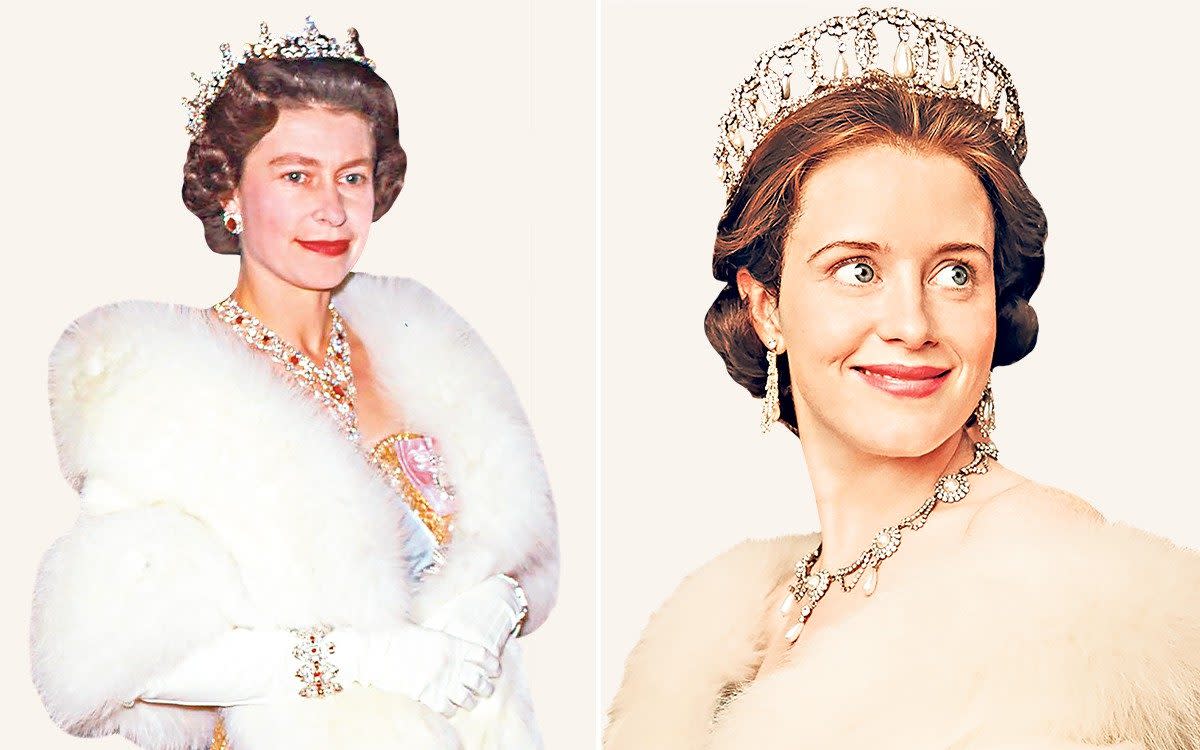
- Oops!Something went wrong.Please try again later.
- Oops!Something went wrong.Please try again later.
- Oops!Something went wrong.Please try again later.
- Oops!Something went wrong.Please try again later.
- Oops!Something went wrong.Please try again later.
- Oops!Something went wrong.Please try again later.
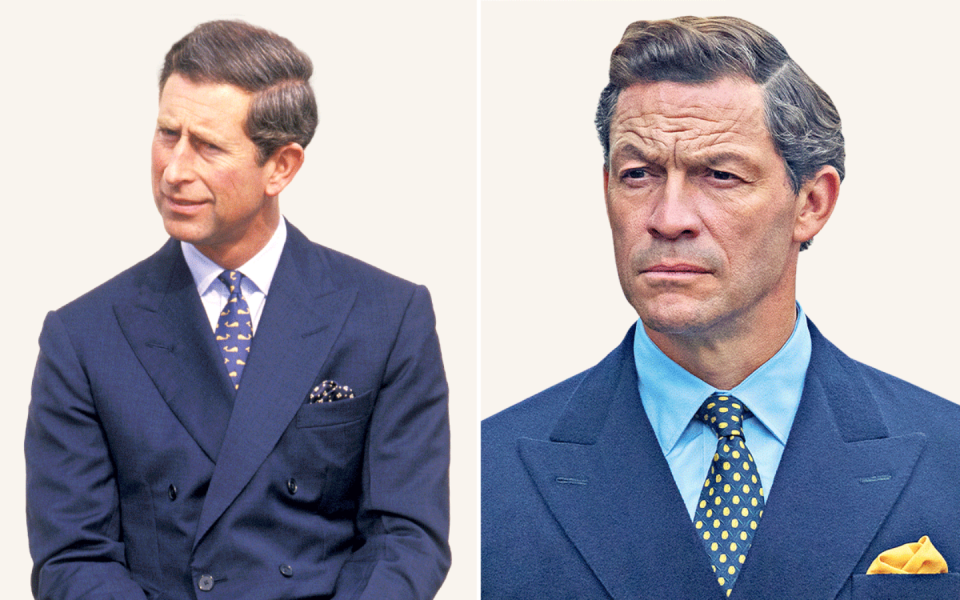
In the final scene of The Crown, Prince Philip tells the Queen: “The party is over.”
“We are a dying breed, you and I,” he declares. “The system makes no sense anymore to those outside of it nor to those of us inside.”
He is in turn solemn and teasing, as the Queen contemplates her legacy before walking into the white light. And so ends six seasons, seven years, 60 episodes, 21 Emmy awards and 3,313 minutes of The Crown.
What started life as a curious historical drama, brought to life with the largest budget television had ever seen, has become one of the most talked-about, criticised and controversial shows of our age.
Its critics have been legion, the personal upset to those inside palace walls all too real. Yet the show’s creators maintain they have done the Royal family a favour, humanising them for a new generation across 88 countries around the world.
The reputation of Queen Elizabeth II was cemented as the epitome of duty. Prince Philip was re-examined as a handsome young father as well as the energetic, no-nonsense consort the public already knew. Through fictional dialogue and scenes plucked from the imagination of writers, the world was introduced to the Royal family as few still living had seen them before.
Of course it is never that simple.
As the episodes rolled on, the extent of made-up storylines caused growing disquiet in royal circles. Critics began to wonder at the cruelty of retelling the stories of living people, unable and unwilling to break the habit of a lifetime to answer back.
It was not until series five in 2022 that Netflix moved to add a disclaimer to The Crown, spelling out that it is fictional. By then, despite regular protestations from writer and producer that no one seriously thought it was real, many people seriously thought it was real.
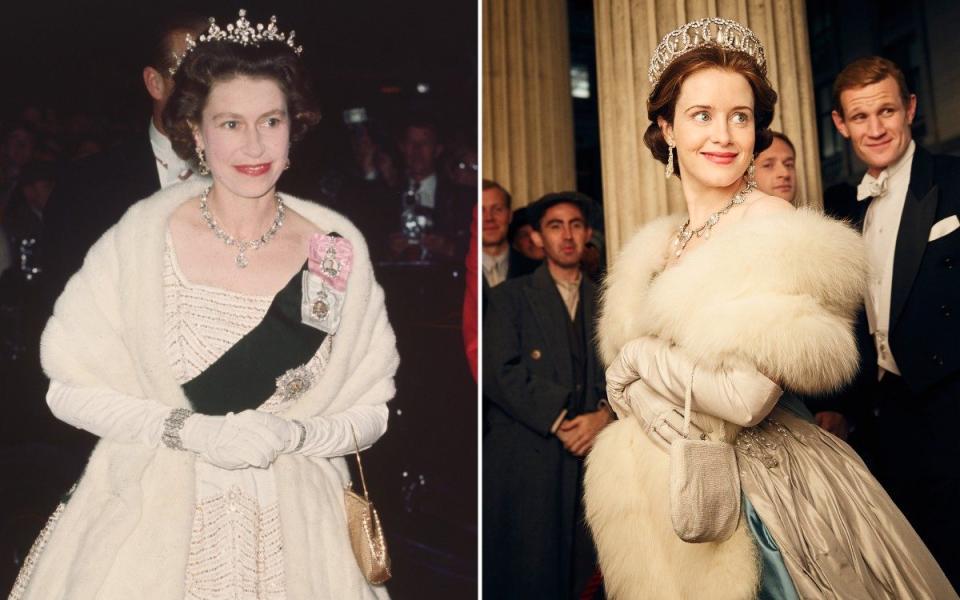
“It has definitely had an impact on how the public view the monarchy,” says Professor Pauline Maclaran, author of Royal Fever: The British Monarchy in Consumer Culture.
“The debate over fact or fiction is a bit of a red herring for me because it’s about the emotional content: there is an emotional truth about the series that people will take away from it along with more understanding overall of what it means to be a member of the Royal family.
“For younger generations, the influence has been less positive. It shows a younger generation – who really had no knowledge about what happened with Charles and Diana and of the mess of the 1990s – what happened very vividly.
“And it’s that younger generation that the monarchy really needs to get on its side.”
The numbers are modest but striking.
Between 2022 and 2023, the fifth and sixth series, the number of viewers who believe the show is an “accurate interpretation of what really happened” rose from 19 to 27 per cent.
Those who thought it was “very accurate” went from one to two per cent, seemingly too tiny a proportion to matter – until it is broken down by age.
Then, it shows a more troubling picture.
Four out of 10 people aged 18-24 now think the programme is “somewhat” or “very” accurate. A third of 25 to 49-year-olds feel the same.
The older viewers get, the less likely they are to believe the storylines are true, but all age groups are up significantly from just a year ago.
On TikTok, the social media platform preferred by the young, videos using scenes of The Crown as if they were newsreels run free. “Ladies and gentlemen, the new King,” declares one caption, over footage of Josh O’Connor, playing Prince Charles, shouting at the young Diana.
Videos marked #thecrown have had more than 6.1 billion views as of November this year.
An informal survey of Gen Z opinion throws up the idea of The Crown as “educational”, teaching them about the Royal family and British history.
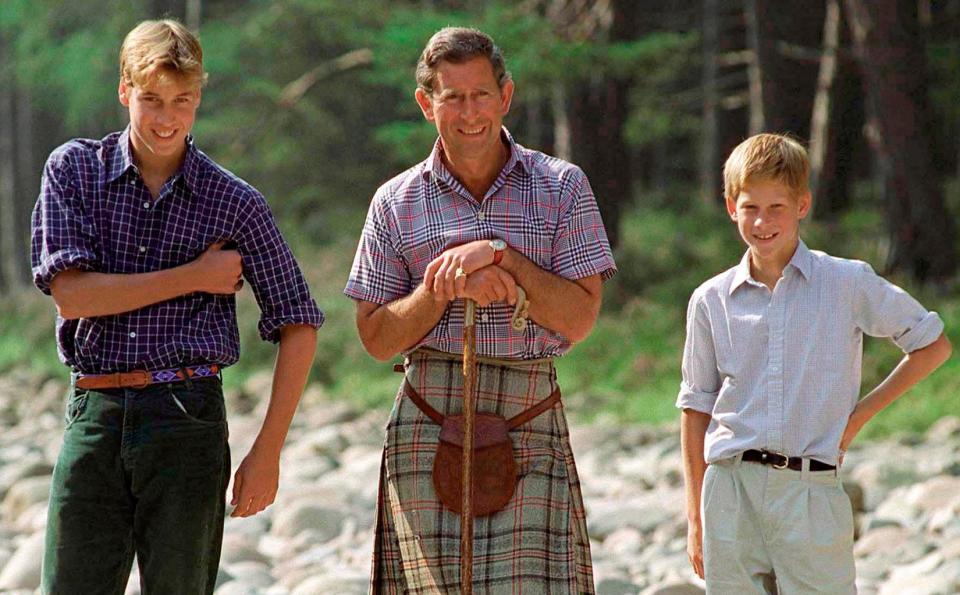
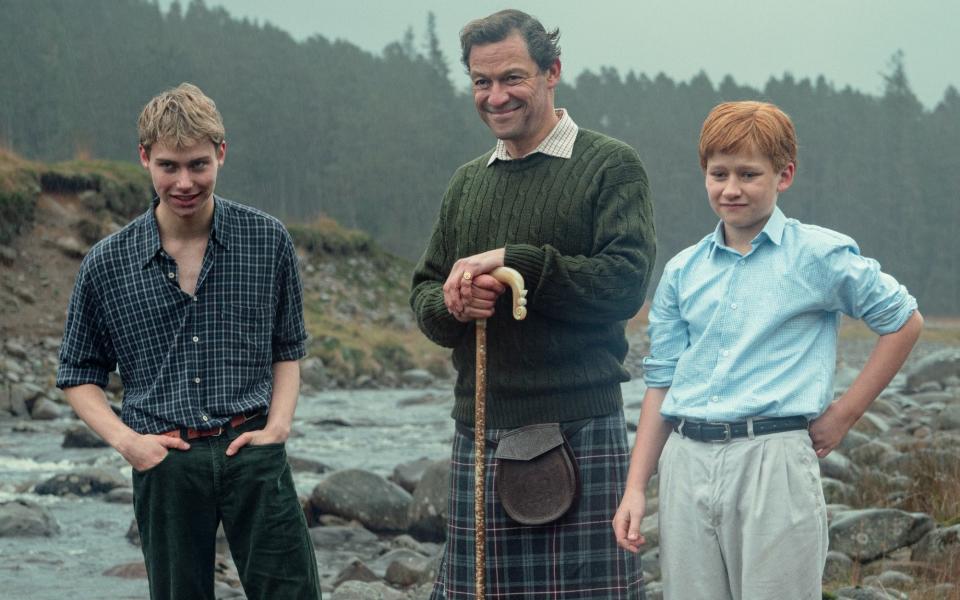
Joe Little, managing editor of Majesty magazine, said there was a real generational divide in understanding how much of the plot is fictional. “I regard The Crown as quite damaging to the institution,” he said, pointing to “elements of mischief” rather than outright malice in the scripts.
“My fear is that a lot of people watching it think they’re watching a documentary and that’s just how it was. As we know, it’s not at all how it was.
“I don’t feel it does the House of Windsor any favours and I’m glad we’ve now reached the end of the road.”
A palace source, told of the YouGov polling about accuracy, said mildly: “The good thing about young people is that they grow up. Their perspectives broaden in life and I suspect that will be the case here too – they will grow wiser with age.”
Stephen Daldry, who directed the first and the final episodes of The Crown, has called the show “a slice of history told by the people right now”.
“Obviously, as you get closer to more present lived memory, people are going to have much stronger opinions about what they believe the truth to be,” he said.
Andy Harries, who runs Left Bank Pictures, the production company behind The Crown, has claimed the show in fact enhances the reputation of the monarchy itself, and refuses to accept that some viewers take it as the gospel truth.
“I was never of the view that everybody thought we had been tape-recording the Royal family. People are aware that Peter [Morgan] has invented the dialogue, how can it be otherwise? So you watch it in that spirit.”
At the same time, he told television industry magazine Deadline, the series is “a contribution to the history of the UK”.
Morgan himself has made no secret of the fact that he began writing The Crown as a staunch republican. “I came at it as completely anti-monarchist.”
His view on the monarchy as a whole was even less flattering. “It is clearly a deranged institution and a completely insane system, but perhaps it’s the insanity that makes it work.”
But he has softened over the course of the show. And the palace attitude to The Crown over the years has changed somewhat too.
It started as curiosity, with some warmth towards the project at the beginning. Similar theatre shows and films had done little harm to the monarchy and – like the rest of the watching world – many inside palace walls were charmed by the early depictions of the beautiful, dutiful Queen.
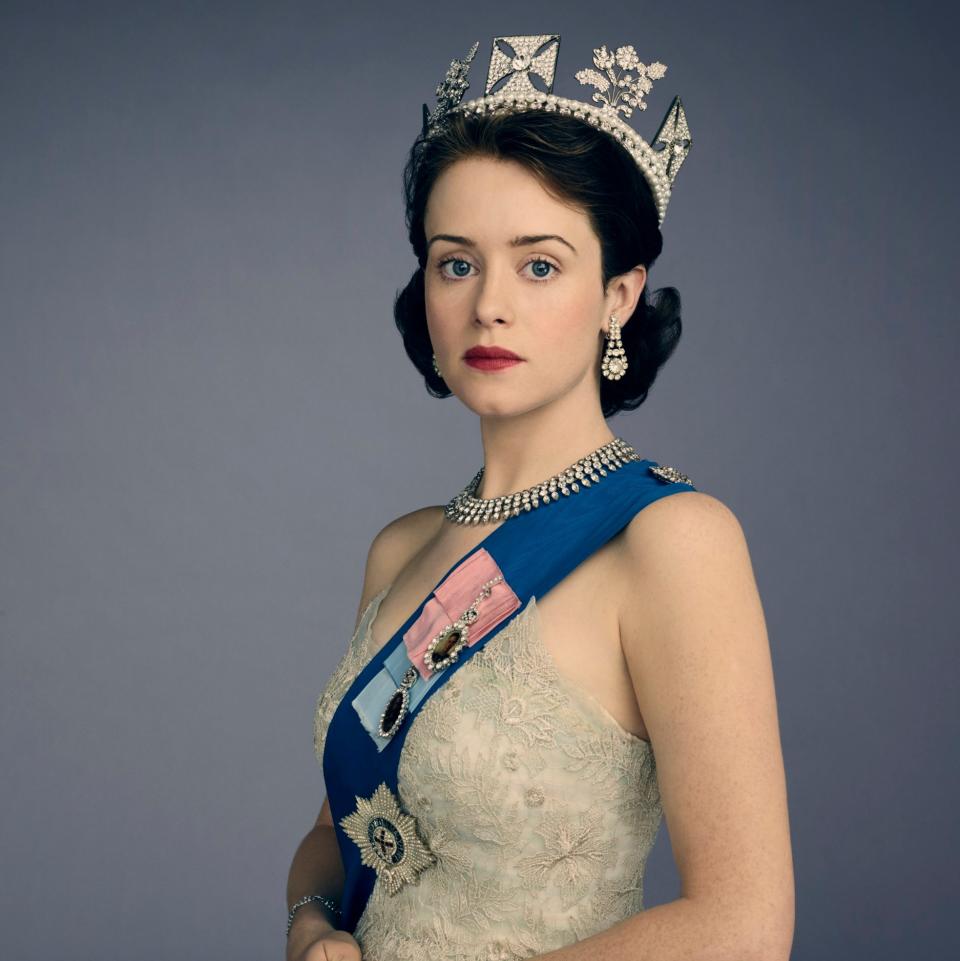
Within a few episodes, however, the glaring historical inaccuracies became too much to bear. A made-up storyline in 2017, in which a schoolboy Prince Philip was blamed for his sister’s death in a plane crash, was too cruel to be ignored. A deeply hurt Philip contacted lawyers. Hugo Vickers, a royal historian, said: “He was very upset about the way that was portrayed. He was human.”
Gyles Brandreth, biographer and friend of the Royal family, summed up attitudes in 2019: “Series One of the lushly-made Netflix drama, I rather enjoyed. The inaccuracies in Series Two had me shouting at the screen and eventually turning off. Series Three I am not going to even bother to turn on.”
By then, the palace was wearying of the constant suggestion – encouraged by The Crown’s team – that current staff were consulted on its content.
The Queen’s press secretary took the unusual step of writing to The Guardian to deny the programme was “made with some sort of endorsement by the royal household, or an acceptance by the royal household that the drama is factually accurate”.
As the series moved into the era of the War of the Waleses, concern grew over how it would introduce the drama of the doomed marriage of Prince Charles and Diana to a new generation.
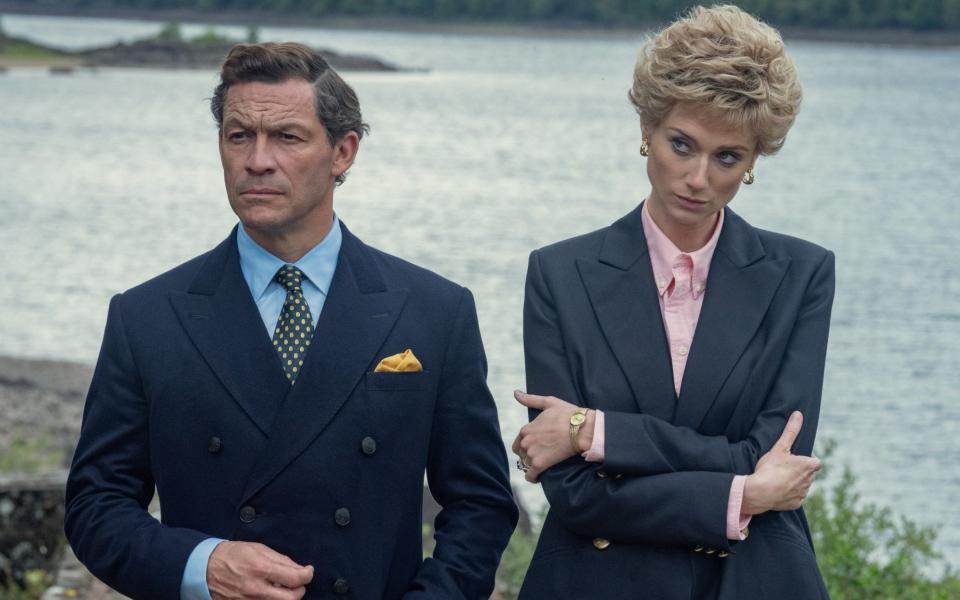
In November 2020, friends of Charles called the programme “trolling on a Hollywood budget”, “exploitative” and said Netflix would have “no qualms about mangling people’s reputations”.
Others began using their public profile to help. Dame Judi Dench began a campaign to get the “fictional drama” disclaimer added, in a letter to The Times in which she said: “The closer the drama comes to our present times, the more freely it seems willing to blur the lines between historical accuracy and crude sensationalism.”
Sir John Major, who was portrayed in scenes with Prince Charles lobbying to oust his mother from the throne, called it a “barrel-load of nonsense”.
In 2022, programme-makers ignored a plea from Prince William to not profit from the discredited Panorama interview with his late mother. Thoughts over the portrayal of her subsequent death in a car crash, built up over a tense episode in this final series, are not difficult to guess.
Today, palace insiders are more dismissive.
“What started as a rather classy, thoughtful, historical drama turned into something a bit silly,” one told The Telegraph. “By the time you reach the end [of the final series], it had gone full Bobby Ewing coming out of the shower.
“People trying to watch have either fallen asleep or given up.”
Conceding that “you can well imagine what it must be like to have the most painful episodes of your life recreated and played out on screen”, they nevertheless insisted the show is of “vanishingly small interest” to the Royal family and its senior staff.
“It’s a sensationalist drama watched by a diminishing audience,” they said. “It’s a side show. In the real world, people are focusing their energies on delivering a successful change of reign and getting on with the job.”
Naturally there is constant fascination over who in the Royal family has watched it. Prince Harry has, as ever, been the most candid of the family, admitting that he has not only watched it but prefers it to reading the real royal news.
“It’s fictional, but it’s loosely based on the truth,” he once told talk show host James Corden. “It gives you a rough idea of that lifestyle… the pressures of putting duty and service above family and everything else.”
His PR has said he would not watch the most recent series, which covers the death of his mother. He remains on the payroll of Netflix, which snapped up the Sussexes on a multi-year, multi-million dollar deal to make programmes for them.
Andy Harries goes further. He has been told, he said this week, that Prince Harry advised Meghan Markle to watch the first two seasons of The Crown while they were dating, “to help her understand the mechanics of the British monarchy”. In contrast, Prince William told him during his 2019 investiture that he has never watched.
Princess Eugenie has said the “couple of episodes” she has watched, where her grandmother was a young woman, made her “feel very proud”. Sarah, Duchess of York, has said: “I loved the way they put my wedding in as well.”
Most intriguing is Queen Camilla.
In March 2022, the Duchess of Cornwall as she was then not only invited the actress who played her in season four, Emerald Fennell, for an International Women’s Day reception at Clarence House, she happily posed for a photograph with her.
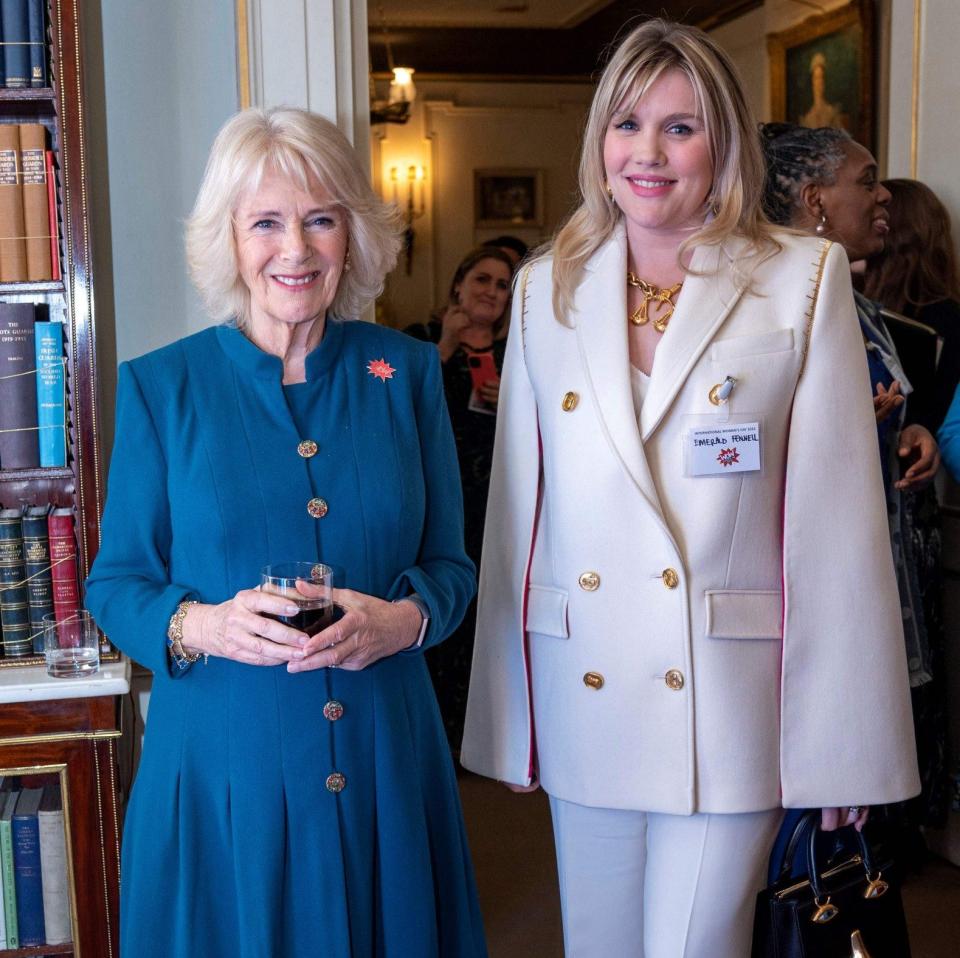
In her speech welcoming guests, she joked: “It’s very reassuring to know that if I should fall off my perch at any moment, my fictional alter-ego is here to take over.”
As the series went on, the script for Camilla became rather more sympathetic, from the thorn in Diana’s side to a wise and stoic wife and stepmother.
As the story surged towards the modern day, so the influence of the current Royal family was felt.
The final series, reviewers have noted, takes no small account of the Duke of Sussex’s version of events told through his memoir Spare, and a string of eyebrow-raising interviews.
Gone is the Prince Harry the public thought they knew in his twenties – a loveable rogue, clubbing and drinking because it was fun.
In his place, on screen, stands the tortured teenager and young adult, overlooked and overshadowed.
The Queen, played by Imelda Staunton, muses on the difficulties of being the second-born spare. Harry riles against the older Prince William as a “f—ing company man”. Even the true story of his Swastika-decorated fancy dress outfit has been retold through the prism of his memoir, with the finger of blame pointed at William for failing to stop him.
Would the fictionalised Mohamed al-Fayed have used the specific phrase “racist Royal family” were it not for the real-life accusations flying around after the Sussexes’ Oprah interview?
Would the Queen have been quite so strident about Princess Diana, on leaving the Royal family, not being allowed to remain “half in half out”?
Annie Sulzberger, The Crown’s head researcher, has downplayed the influence of the oh-so-tempting source material.
“So sometimes Spare helped us think, ‘Okay, this is an insider account and I feel like we’re on the right track’,” she told Vanity Fair. “Now Harry can really say, in a scene, I feel aggrieved that I’m treated differently than you. I do the same things as you, and yet I’m the one who gets lambasted for it.”
As a television programme, there is no doubt it has been a phenomenon.
When it was announced in 2014 that Netflix would be making a costume drama about the Royal family with a £100 million budget, it took the industry by surprise. A royal saga seemed a much better fit for the BBC, but the corporation turned down the project on the grounds of cost and delicacy.
“The big value to Netflix was the number of older viewers watching The Crown, because they’re the growth area – young people are already there,” says Tom Harrington, head of TV for Enders Analysis.
But it’s younger viewers, and those watching outside the UK, who take it at face value. For Gen Z viewers, “that is what their perception of the monarchy is, if they’re not reading the news, so it’s quite powerful in shaping that perception of the royals,” he says.
“And if you’re American and you’re not immersed in that stuff all the time, if you’re in every other territory maybe outside the Commonwealth, you’re watching this series and you probably don’t have that intimate knowledge of what’s going on. It’s all a soap opera to you. You’re not constantly reminded that this is a real family and they have jobs and duties.”
The controversy over storylines “only really happens in the UK, and that’s just one market for Netflix”, adds Harrington. “It’s a major market but a small proportion of viewing.”
In the final series, there are some winners.
Prince Charles is surprisingly sympathetic, even in imagined scenes where Prince William shouts blame at him for the death of Diana. Camilla Parker Bowles is shown as a wise stepmother-to-be, always on the end of the phone to soothe Charles’s worries about his sons.
While a pantomime version of Carole Middleton, jokingly called “Mrs Bennet” by her on-screen daughter, plots to matchmake Kate and Prince William, Kate herself is rather reinvented.
Where in real life, the tabloid press cruelly nicknamed her “Waity Katie”, painting the sexist picture of a desperate social climber hanging around for William to make up his mind, The Crown gives her the power. William chases her instead.
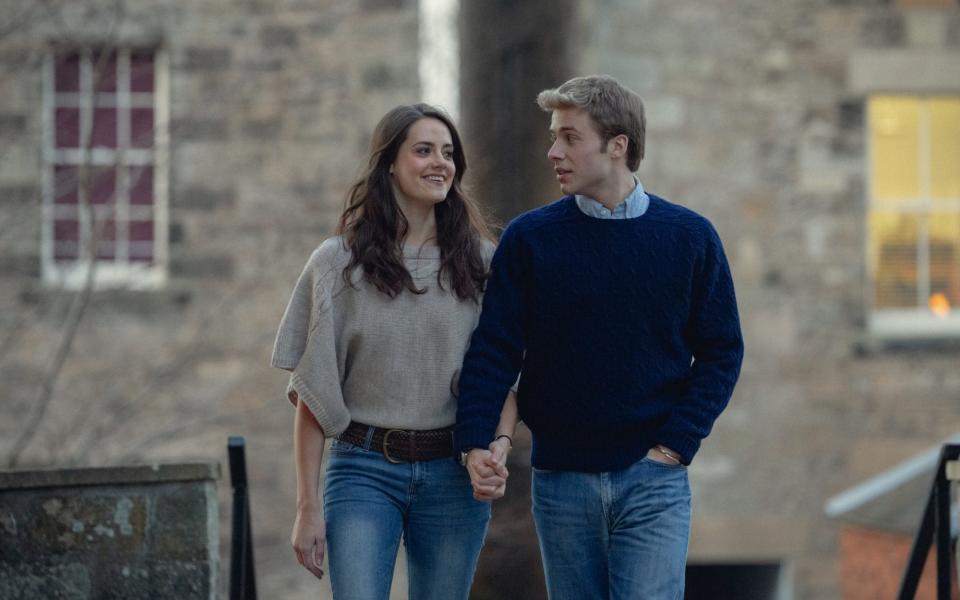
Princess Anne, of course, is the reliable voice of reason and – in art as in life – a star.
For loyal monarchists, it is the story arc of the Queen’s theoretical abdication that will prove most troubling.
“I might go on for another 20, 25 years, and a tired white-haired geriatric Queen will hand over to a tired, white-haired, geriatric Prince of Wales,” she laments, in conversation with an apparition of her younger self.
The crown, Claire Foy tells her, “is a dreadful thing to inflict upon people, it’s not natural, it’s not fair, it’s not kind”.
The rest of her family, she notes “seem to make such a mess of it”. Hammering a final nail in the case for the continuation of the monarchy, Prince Philip rounds off the episode.
“The system makes no sense anymore to those outside of it nor to those of us inside. All human things are subject to decay and when fate summons, everyone of us must obey.
“We’re a dying breed you and I. Oh and I’m sure everyone will carry on pretending all is well but the party is over.”
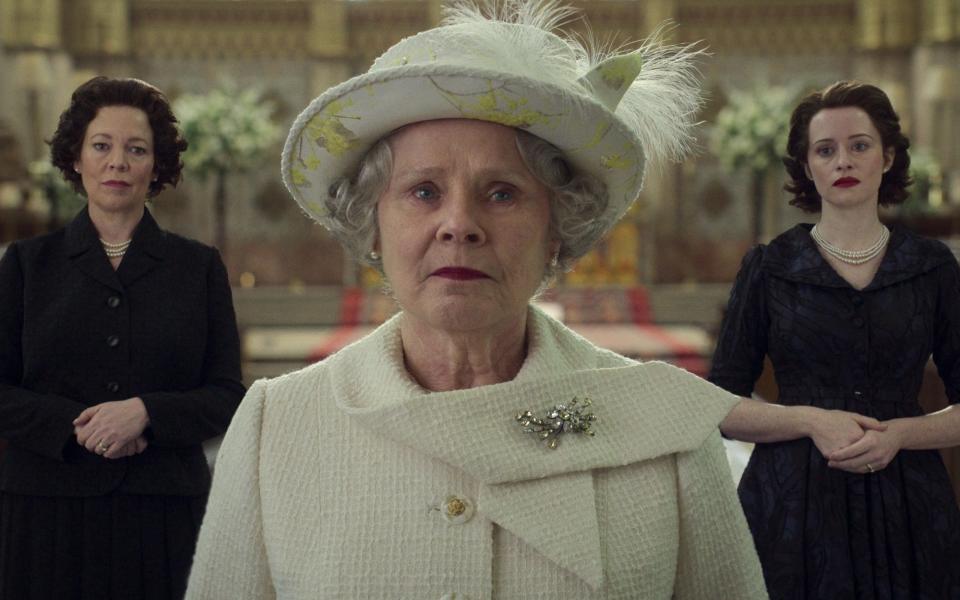
The danger, some observe, is that the narrative taps into real fears about the transition from Queen Elizabeth II to King Charles. Those who have worked on transition were under no illusions about the impossibly big shoes he would be required to fill, with the late Queen commanding affection and loyalty like no one else on Earth.
“This was always going to be a weak point of Charles taking over,” said Prof Maclaran, from Royal Holloway, University of London. “The monarchy is not going to end any time soon, but there’s no doubt its popularity is diminishing and especially with the young.
“Peter Morgan is not saying anything new for people, but is reinforcing a message that’s already been circulating. Certainly that message will carry a punch.”
For those closer to Buckingham Palace, the message is just “one of the many inaccuracies” in the show.
“They clearly had this thesis written long ago,” one source said, arguing it does not reflect real public reaction to the new King in 2022.
Then, the King was visibly moved by the warmth of crowds greeting him, with the Coronation watched by more than 18 million people in the UK. In September this year a YouGov poll found 62 per cent of the British people believe the monarchy should continue and 60 per cent have a favourable view of the King.
Again, as with credence in the truth of the series, that support varied dramatically with age. While 80 per cent of the over-65s support the monarchy, barely a third of 18 to 24-year-olds do. The survival and success of the real royal institution, then, is by no means guaranteed.
But the writers of The Crown, republican as their instincts may be, have inadvertently made the case.
“Monarchy isn’t rational, or democratic or logical or fair,” their version of the Queen says. As she ponders her own fate, and that of her heirs, she reflects: “Haven’t we all learned that by now? I think I’ve come to realise there’s no such thing as too royal. If you’re doing it, do it properly and unapologetically.”
Additional reporting by India McTaggart
Fact vs fiction
By Alex Diggins
The disabled cousins scandal
Katherine and Nerissa Bowes-Lyon, cousins of the late Queen, were born severely disabled. The family sent them to a mental institution, and officially listed them as dead in 1963 – even though they lived till 2014 and 1986 respectively. In The Crown, Princess Margaret is informed of their existence out of the blue by her therapist; in reality, this news wouldn’t have been a surprise as she was kept informed of their wellbeing throughout their lives.
Prince Philip is responsible for his sister’s plane crash
Prince Philip’s “favourite sister” Princess Cecilie was killed alongside her three children when their plane crashed in 1937 near Ostend. This is true. But in The Crown, the adolescent Prince Philip, then 16, is shown to be partly to blame for this tragedy – he punches another boy at school and therefore forces his sister, with whom he was due to spend half term, to travel to the wedding instead, dooming her to fiery death.
Prince Philip infidelity
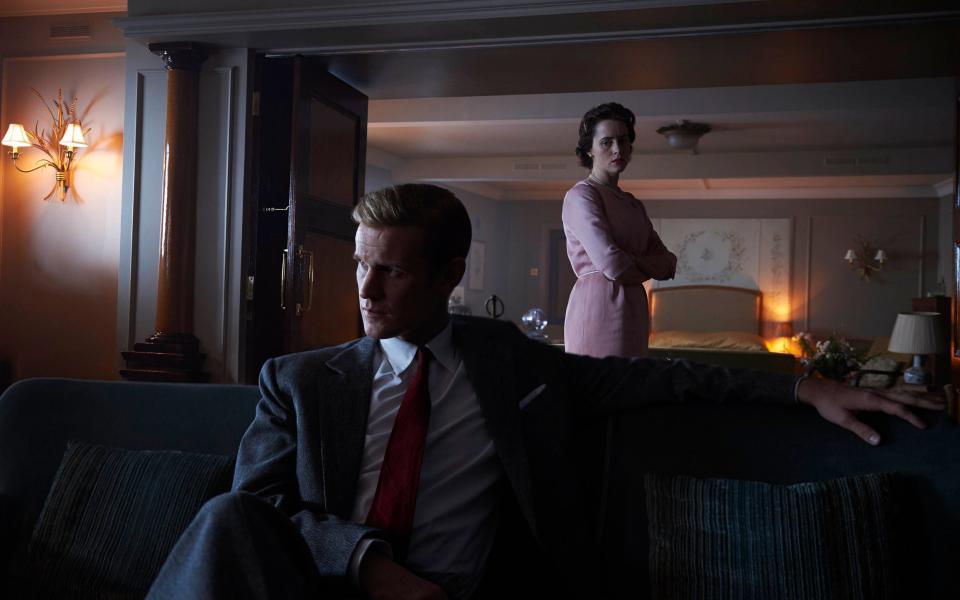
The first two seasons of The Crown make much of Elizabeth II and Prince Philip’s tempestuous early years of marriage. One of the greatest moments of strain is when Philip is shown on a six-month royal tour without the Queen. There, he and his chums engage in laddish high-jinks including, it is strongly implied, being unfaithful. In reality, though this lengthy separation was undoubtedly a strain, there’s no evidence he ever strayed during their 73 years of marriage.
Prince Charles/John Major conspire to get Queen to abdicate
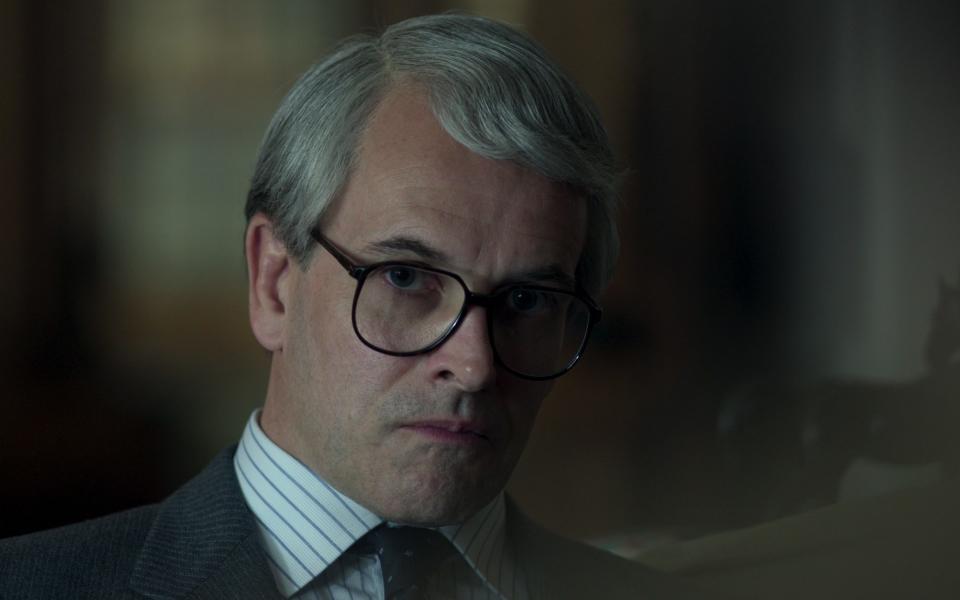
Perhaps one of the more absurd scenes in the penultimate series of The Crown sees the King, then Prince Charles, attempt to persuade the newly-elected John Major to conspire to get the Queen to abdicate. No such meeting ever took place – in fact, Major angrily responded to his portrayal in the series, calling it “nonsense”.
Diana the victim
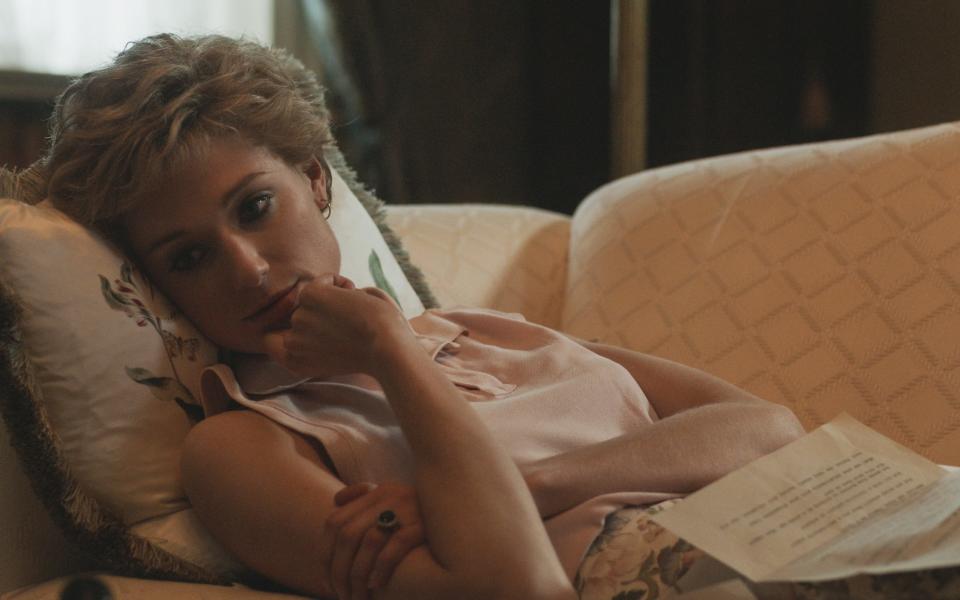
Peter Morgan nailed his colours to the mast with his scripting of the trajectory of Princess Diana in The Crown. She is almost universally seen in a positive light – from the faun-like naivety of Emma Corrin to Elizabeth Debicki’s bruised dignity. While this may reflect how many genuinely thought of her, the contrast with the late Queen’s frumpy and unpleasant characterisation in later seasons is especially marked.
Queen kissed Churchill on death bed
One of the most effective elements of the first seasons of The Crown is seeing Claire Foy’s spirited young Queen Elizabeth II going toe-to-toe with John Lithgow’s curmudgeonly but avuncular Winston Churchill. Yet, as ever, the show veers off the historical piste in season three by having Olivia Colman’s Queen kiss Churchill on his deathbed as he lies dying in season three. While the late Queen was very fond of Churchill, it’s unlikely this touching adieu occurred.
Earl Mountbatten coup d’état
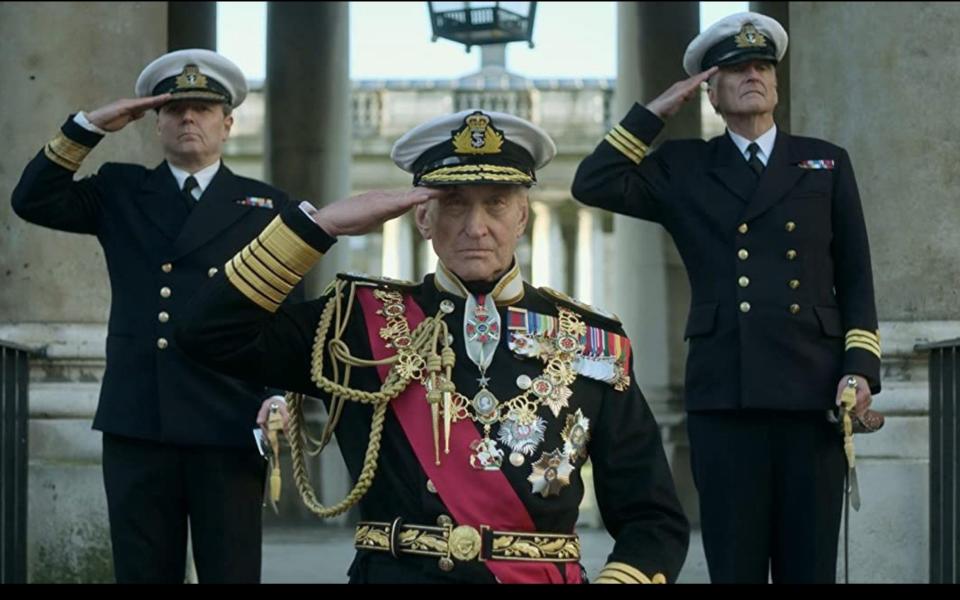
In the third season, Charles Dance’s Earl Mountbatten is shown conspiring to remove the prime minister Harold Wilson in a coup d’état. Most historians suggest this is a very generous interpretation of historical events whereby Mountbatten, who was genuinely concerned about the direction of the country, met with several people who were also unhappy with Wilson’s administration. (Nonetheless, when the meetings came to light in the 1970s, it did cause a stir.)
Lord Porchester and the Queen
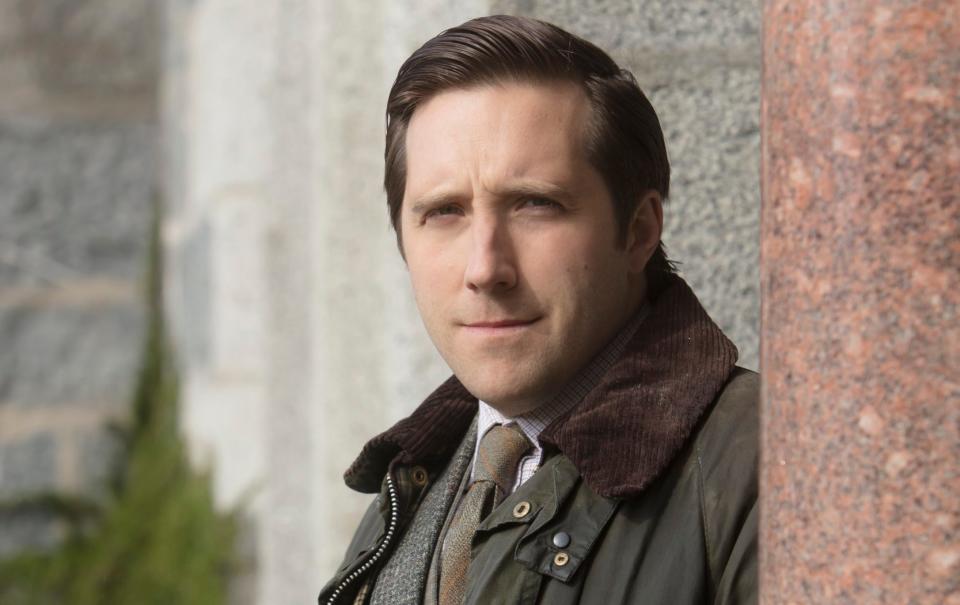
Did the late Queen contemplate an affair with her riding instructor? The Crown poses many questions to which the answer is surely no. Yet it’s true that the late Queen was fond of the 7th Earl of Carnarvon, nicknaming him “Porchie” and appointing him her racing manager for more than three decades. They shared a love of the turf, though, rather than anything more carnal.
Princess Royal and Andrew Parker Bowles
Peter Morgan’s energetic and imaginative muck-raking continued in season three when he suggested that Princess Anne had a relationship with Andrew Parker Bowles, Queen Camilla’s first husband. The idea that the late Queen’s children were entangled in some sort of love quadrangle is salaciously tantalising – yet alas, as with so much of The Crown, it doesn’t survive contact with historical reality.
The Queen vs Margaret Thatcher
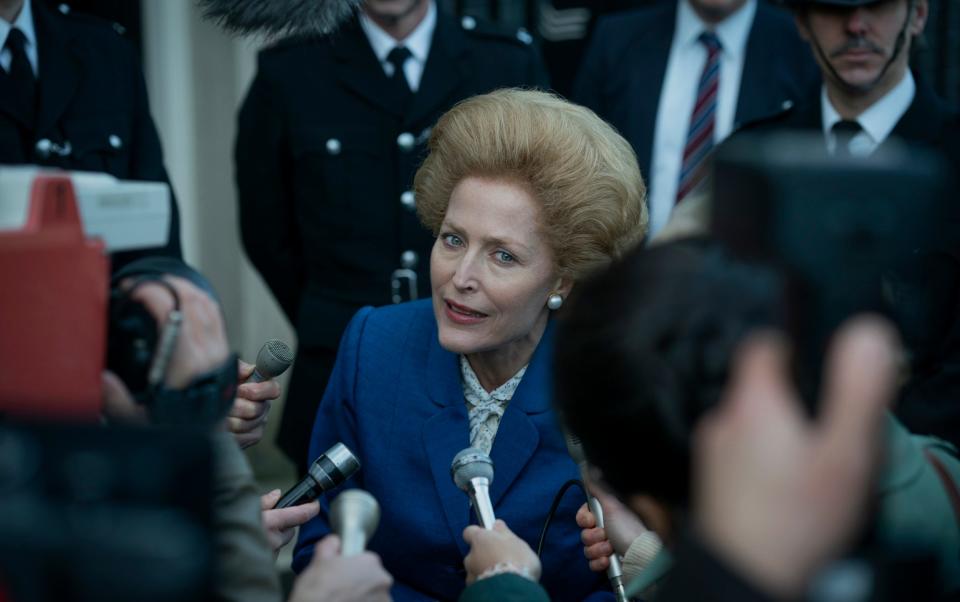
Another occasion where the desire to manufacture drama overstepped the mark, seasons three and four of The Crown set up an ongoing contretemps between Olivia Colman’s Queen and Gillian Anderson’s Margaret Thatcher. While their furled-claw conversations are great fun, they don’t reflect the actuality of the two women’s relationship which, while more strained than with some PMs, was nonetheless cordial and professional.

